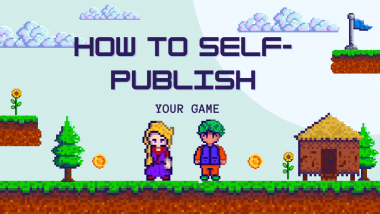“2023 Mobile Growth and Monetization” Report by Unity
The “2023 Mobile Growth and Monetization” report by Unity stands out as an invaluable resource for anyone in the mobile gaming industry, especially indie developers. Compiled by seasoned industry experts, this report dives deep into the current trends and strategies in mobile game monetization, offering a wealth of knowledge backed by in-depth analysis and data. This report isn’t just a collection of data; it’s a roadmap for indie developers seeking to navigate the complexities of game monetization with confidence. In part we’ll have a closer look at the concept of offerwalls.

Introduction to Part 4 – Focusing on Offerwalls
Welcome back to our series on the “2023 Mobile Growth and Monetization” report by Unity. In the first piece, we provided an overview of the report and a quick overview of its contents. In Part 2, we focused on IAP conversions. In Part 3, we focused on monetizing the existing player base and in-app advertising.
Today, in Part 4 of our series, we explore offerwalls and the way they can be integrated with other monetizing strategies.
The Rise of Offerwalls in Mobile Monetization
Offerwalls have carved out a niche in the mobile gaming industry by complementing existing monetization strategies. While IAPs directly appeal to players willing to spend money for immediate benefits, and advertisements provide passive revenue, offerwalls offer a middle ground. They engage players in a more active form of monetization, where completing tasks or engaging with ads can lead to tangible in-game rewards. This approach diversifies revenue streams and enhances player engagement making it a win-win scenario.
Setting the Stage for Indie Developers

For indie developers, navigating the monetization landscape can be particularly challenging due to budget constraints and limited resources. Offerwalls provide a feasible monetization strategy that can be implemented without substantial upfront costs. This article aims to explore the nuances of offerwalls, discussing how they can be effectively integrated into mobile games to boost revenue and improve player retention. By the end of this exploration, you will have a clearer understanding of how to leverage offerwalls in your monetization arsenal, complementing the strategies discussed earlier in this series.
Understanding Offerwalls in Mobile Gaming

Defining Offerwalls and Their Function
Offerwalls are a distinctive form of in-app advertising, increasingly popular in mobile games. They function as digital ‘billboards’ within a game, presenting players with various tasks or offers. These tasks typically include watching advertisements, completing surveys, or even downloading and trying out new games. In return for completing these tasks, players receive in-game rewards such as currency, exclusive items, or power-ups. This system creates a non-monetary avenue for players to gain valuable in-game assets, making offerwalls an attractive option for those who prefer not to spend real money.
The Evolution of Offerwalls in the Gaming Industry
The concept of offerwalls has evolved significantly since its inception. Initially seen as a secondary monetization method, offerwalls have gained prominence due to their dual benefit of revenue generation and enhanced player engagement. Over time, they have become more sophisticated, offering a wider range of tasks and rewards that are more closely aligned with player preferences and behaviors. This evolution reflects a broader industry trend towards more player-centric monetization strategies.
Offerwalls and Other Monetization Methods
While in-app purchases (IAPs) and traditional advertising are direct monetization strategies, offerwalls occupy a unique space in the gaming monetization spectrum. Unlike IAPs, which require players to spend real money, offerwalls provide a way to earn rewards through in-game activities. This approach can appeal to a segment of the player base that is reluctant to make direct purchases but is willing to engage with the game in other ways. In contrast to traditional ads, which can sometimes be seen as intrusive or disruptive, offerwalls offer a value exchange where players feel they are getting something tangible in return for their time and effort.
The Growing Popularity of Offerwalls

Offerwalls have grown in popularity due to their ability to cater to a diverse range of player motivations. They are particularly effective in free-to-play games, where finding the right balance between monetization and player experience is crucial. By providing an alternative means of progression or enhancement within the game, offerwalls can enhance the overall player experience and contribute to longer-term player retention and engagement.
Advantages of Offerwalls in Mobile Gaming
Diversifying Revenue with Offerwalls
One of the most significant benefits of offerwalls into mobile games is the diversification of revenue streams. Traditional monetization methods like in-app purchases (IAPs) and advertisements rely heavily on direct spending or ad engagement. Offerwalls, however, open up a new channel of monetization. They allow to tap into a segment of players who are hesitant to spend real money but are willing to invest time and effort in completing tasks. This approach broadens the game’s revenue base, making it less reliant on a small fraction of paying players and more resilient to market fluctuations.
Enhancing Player Retention through Engagement

Offerwalls contribute substantially to player retention. By providing a series of tasks and rewards, offerwalls give players additional goals to achieve within the game. This structure of continuous achievement and reward is psychologically appealing, as it taps into the players’ desire for progression and accomplishment. Moreover, the rewards earned through offerwalls can enhance the gaming experience, encouraging players to continue engaging with the game over a longer period.
Appealing to Diverse Player Segments

Offerwalls have a unique appeal to different player segments, particularly non-paying users. For players who are unwilling or unable to make direct purchases, offerwalls offer an alternative path to accessing premium content or in-game advantages. This inclusivity ensures that non-paying players remain engaged and feel valued, which is critical in building a loyal player base.
Understanding the Psychological Appeal of Offerwalls
The psychological aspects of offerwalls contribute significantly to their effectiveness. They often provide a sense of autonomy and fairness – players feel they have control over earning rewards and that there is a fair value exchange for their time and effort. This perception is crucial in maintaining a positive player experience. Additionally, the satisfaction derived from completing tasks and earning rewards taps into intrinsic motivations, making the gameplay experience more rewarding and engaging.
Best Practices for Integrating Offerwalls
Strategic Placement of Offerwalls
The placement of offerwalls within your game is a key factor in their effectiveness. Ideally, they should be positioned where players can easily find them, yet they shouldn’t interrupt the flow of gameplay. Good placement options include the main game menu, the end-of-level screen, or as part of the in-game store. This strategic positioning ensures that offerwalls are visible without being obtrusive, maintaining a positive gaming experience.
Timing Offerwalls for Optimal Engagement
Timing is crucial. Generally and when introducing offerwalls. They should be integrated at points in the game where players are most likely to be receptive. For instance, introducing an offerwall after a challenging level or a significant achievement can be effective, as players may be more inclined to engage with offers that could aid their progress. The key is to align the introduction of offerwalls with moments in the game where players might feel most motivated to take advantage of them.
Balancing Game Economy with Offerwalls

Maintaining game balance is essential when integrating offerwalls. The rewards offered should be valuable enough to be enticing but not so powerful that they disrupt the game’s economy or overshadow the importance of direct in-app purchases. It’s important to calibrate the rewards so that they complement, rather than replace, other in-game progression methods.
Customizing Offerwalls to Game Theme and Player Preferences
Customizing the content of your offerwalls to match the game’s theme and your players’ preferences can significantly boost engagement. Tailoring tasks and rewards to align with the game’s style and the interests of your player base makes the offerwall feel like an integral part of the game experience. For example, in a fantasy-themed game, tasks and rewards can be themed around quests or mythical items, adding to the immersive experience.
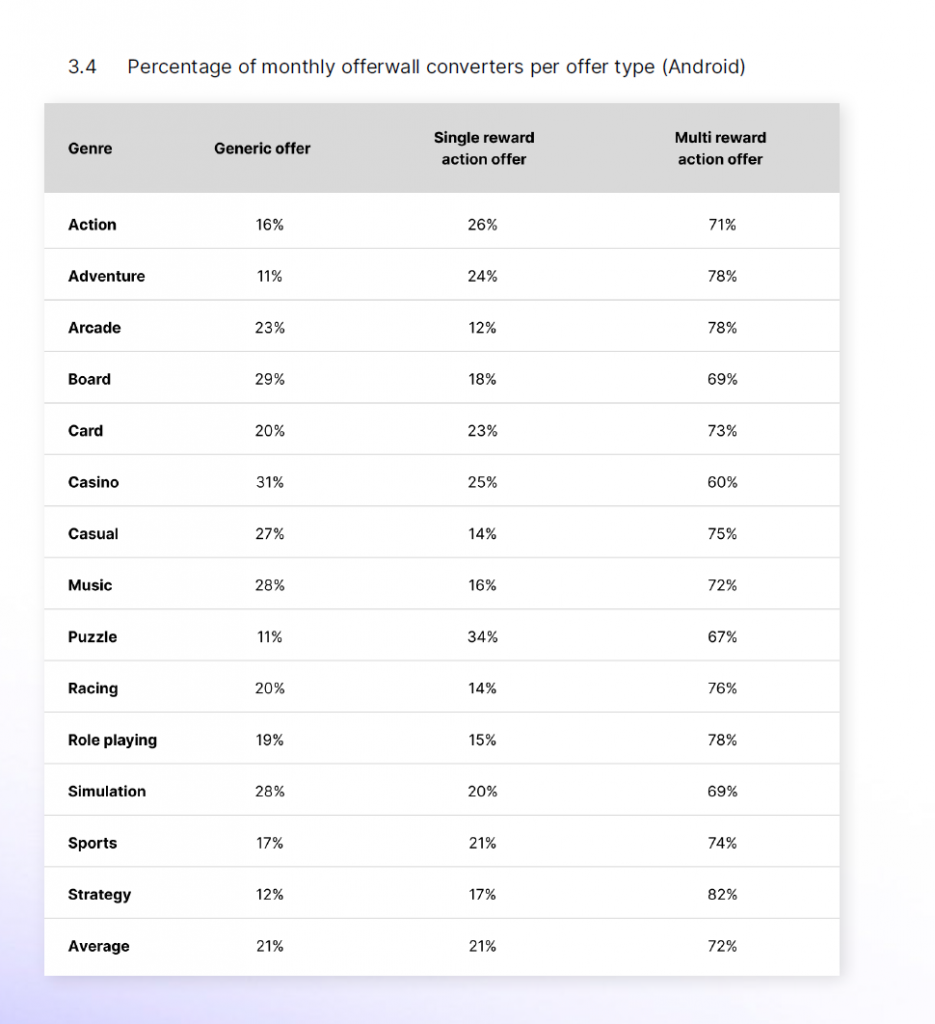
Regularly Updating and Refining Offerwalls
Offerwalls should not be static; they need regular updates and refinements based on player feedback and in-game data analytics. Regularly updating the tasks and rewards can keep the offerwall fresh and engaging, encouraging repeat engagement. Paying attention to player feedback on offerwalls can also provide valuable insights into how they can be improved and better integrated into the game.
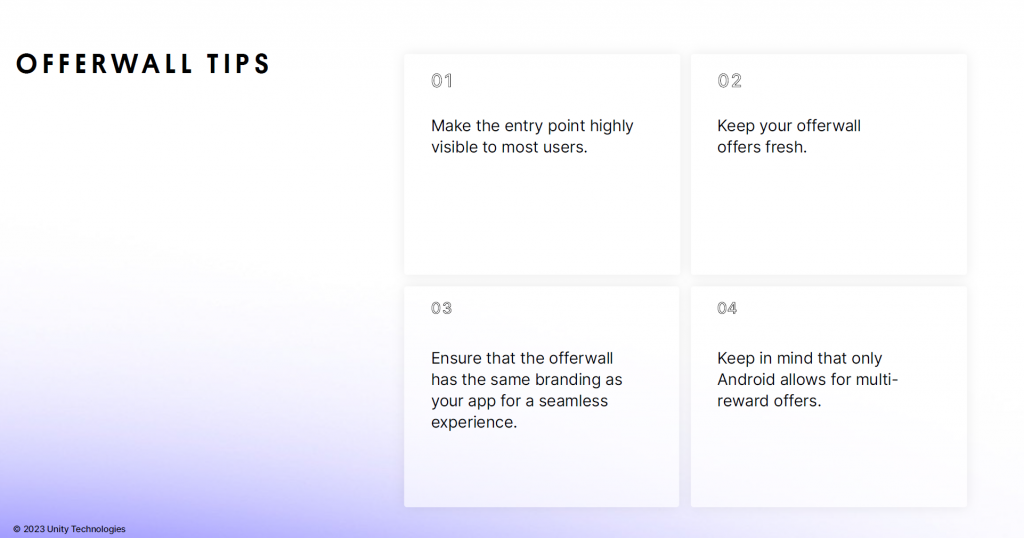
Navigating the Challenges of Offerwalls
Avoiding the pitfalls of offerwalls requires a strategic and player-centric approach. By balancing offerwalls with other monetization methods, actively seeking and responding to player feedback, and ensuring that offerwalls align with the game’s dynamics, developers can explore their full potential without compromising the quality of the gaming experience.
Identifying Common Pitfalls with Offerwalls
While offerwalls present a promising monetization opportunity, they come with their own set of challenges that, if not addressed, can negatively impact the game’s balance and player experience. One of the primary pitfalls is the potential for over-reliance on offerwalls, which can lead to a disrupted game economy and a diminished gaming experience. Another challenge is ensuring that the tasks and rewards associated with offerwalls are aligned with the game’s overall theme and player expectations.
Strategies to Overcome Offerwall Challenges

To mitigate the risks associated with offerwalls, it is crucial to employ a balanced approach. Offerwalls should be just one part of a broader monetization strategy, complementing rather than overshadowing other elements like in-app purchases and ads. This balance helps maintain the intrinsic value of the game and prevents player fatigue.
Monitoring and Responding to Player Feedback
Player feedback is invaluable in refining offerwall strategies. Regularly monitoring player reactions to offerwalls – through in-game analytics, surveys, and community feedback – provides insights into what is working and what isn’t. This feedback can guide adjustments to the offerwall’s placement, frequency, task type, and reward structure, ensuring they remain engaging and fair.
Ensuring Alignment with Game Dynamics
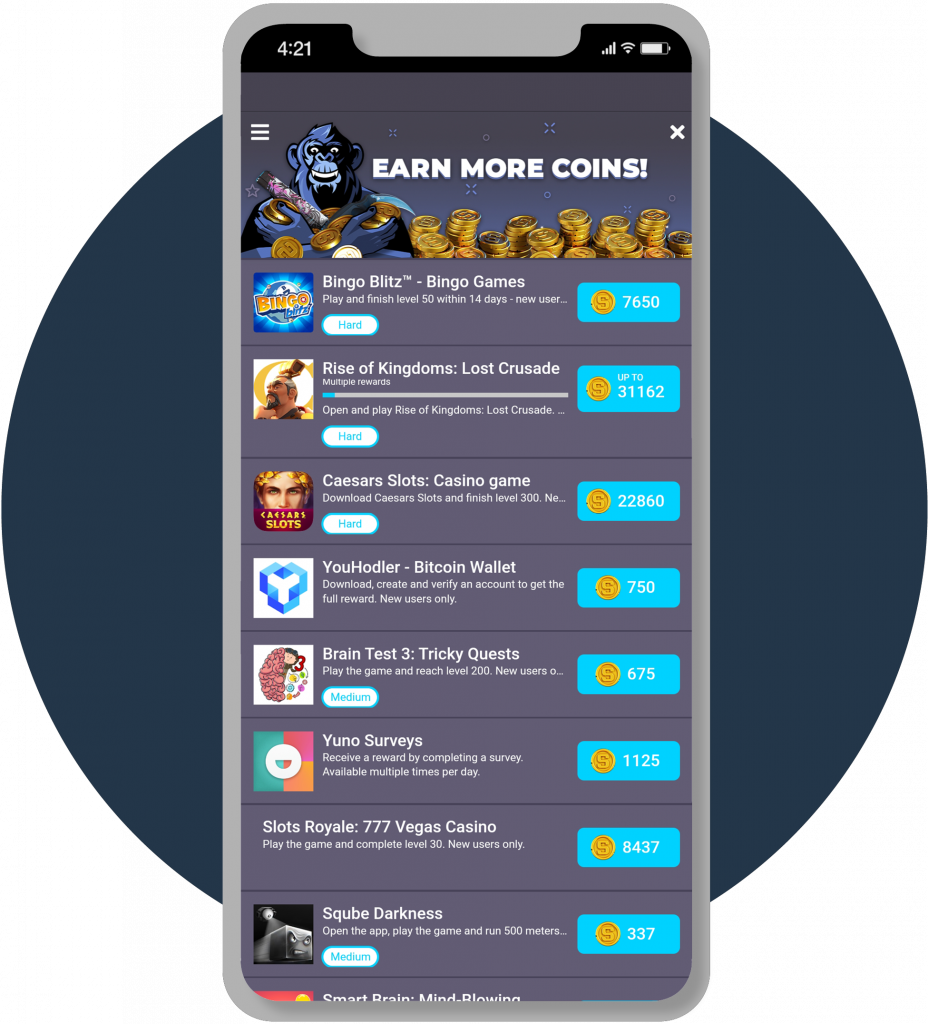
Another key aspect is ensuring that offerwalls align with the game’s dynamics and player journey. The tasks should feel like a natural extension of the gameplay, and the rewards should be appropriate to the game’s context. This alignment enhances the player’s sense of achievement and satisfaction, making the offerwall a more integrated part of the gaming experience.
The Place of Offerwalls in the Evolving Landscape of Mobile Gaming
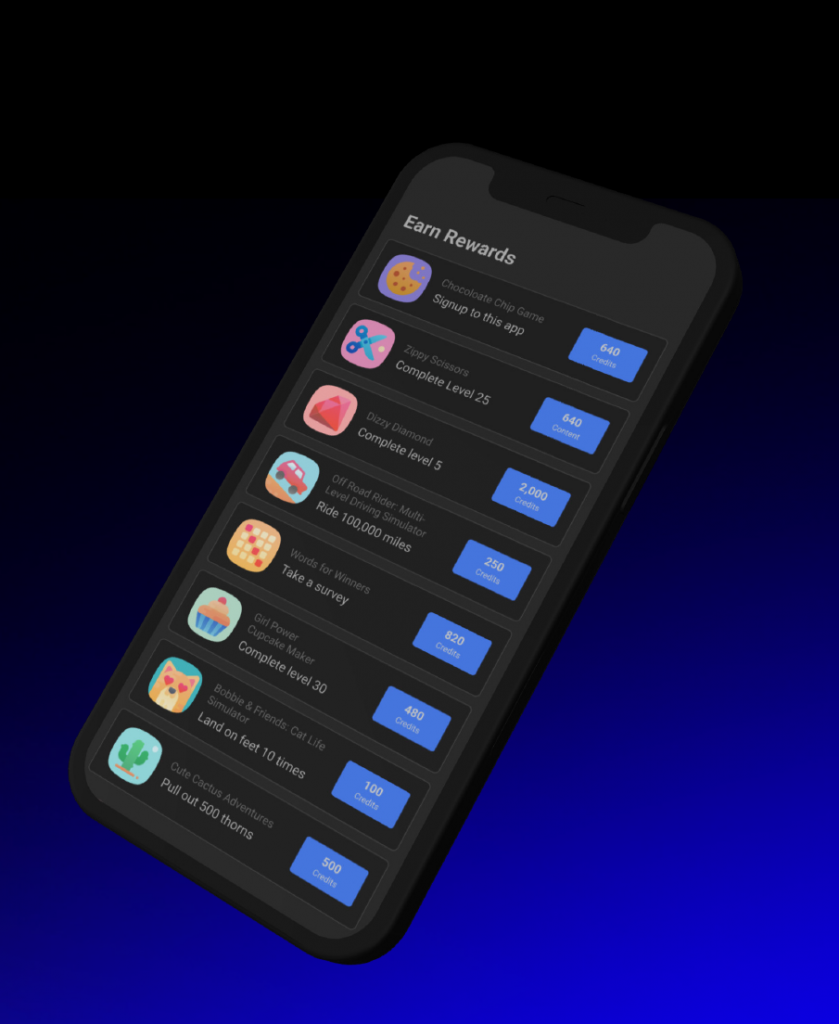
Recapping the Journey Through Offerwalls
As we conclude our exploration of offerwalls, it’s clear they are more than just a monetization tool; they are a strategic element that can enhance the gaming experience while driving revenue.
The Future of Offerwalls in Mobile Gaming
Looking ahead, the landscape of mobile gaming and monetization is set to evolve continually. Offerwalls, as part of this ecosystem, are likely to see innovations in terms of how they are integrated, the types of tasks they offer, and the rewards they provide. As gaming technology advances and player preferences shift, offerwalls will need to adapt to stay relevant and effective.
Integrating Offerwalls into Your Strategy
For indie developers, offerwalls present an exciting opportunity to diversify monetization strategies. They offer a way to engage a broader player base, including those who may not typically make in-app purchases. By incorporating offerwalls into your games, you can create additional revenue streams while enhancing the player experience with rewarding challenges and goals.
Wrapping Up Our Mobile Monetization Journey
Insights and Strategies for Indie Developers

As we bring our series based on the “2023 Mobile Growth and Monetization” report to a close, it’s been an enlightening journey through the diverse world of mobile game monetization. We’ve explored essential strategies ranging from In-App Purchases (IAPs) to in-app advertising and the effective use of offerwalls, offering indie game developers a wealth of insights to enhance their monetization tactics.
Emphasizing Player-Centric Monetization
A key takeaway from our series is the importance of understanding and prioritizing player behavior. Each article underscored the need for a monetization approach that resonates with players’ preferences and enhances their gaming experience. This player-first mindset is crucial for developers aiming to build games that are not only profitable but also deeply engaging.
Evolving with the Mobile Gaming Industry
As the mobile gaming field continues to evolve, the insights from the Unity report provide a solid foundation for indie developers. Staying adaptable, embracing new trends, and continuing to innovate in monetization strategies will be instrumental in navigating the ever-changing landscape of mobile gaming.




